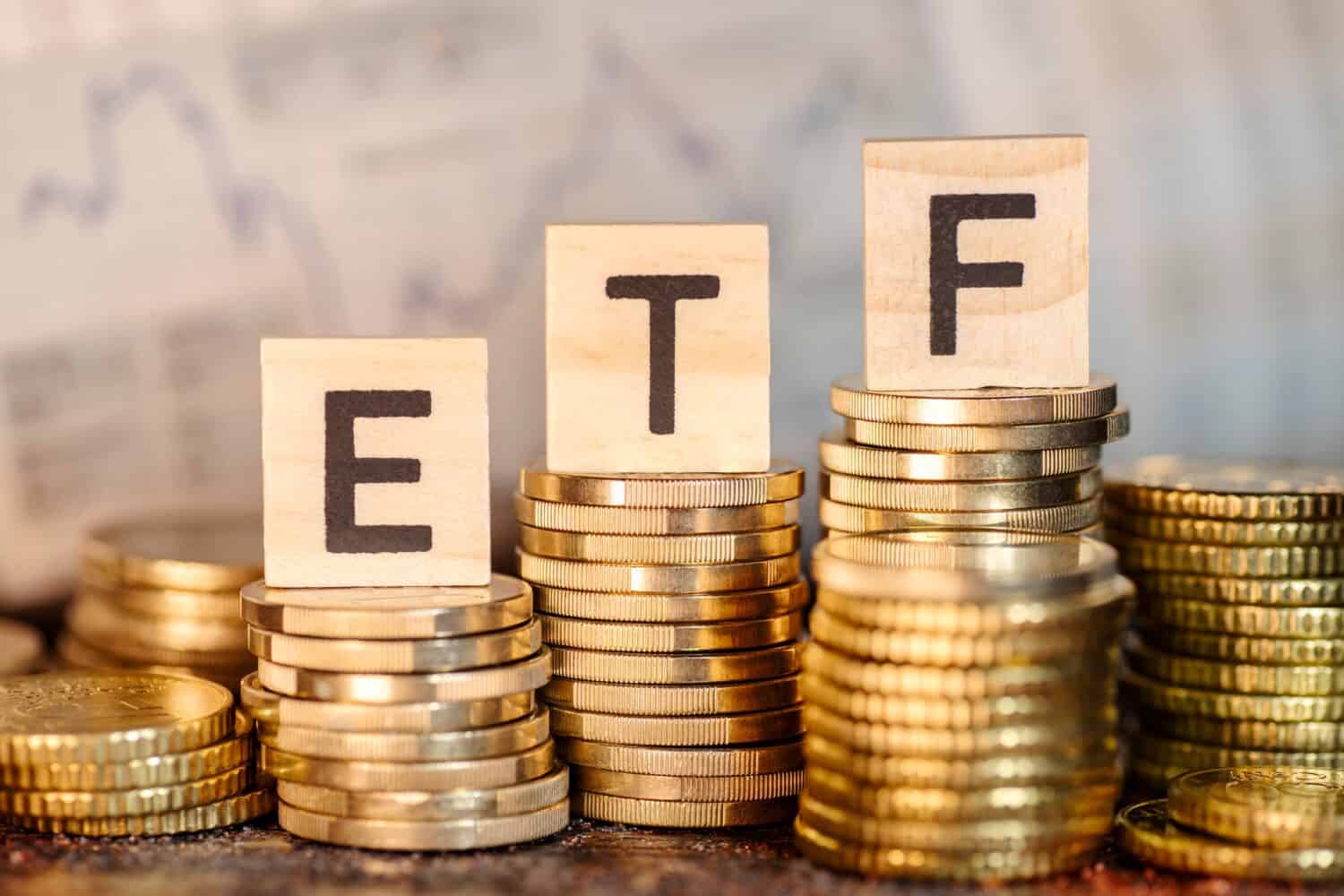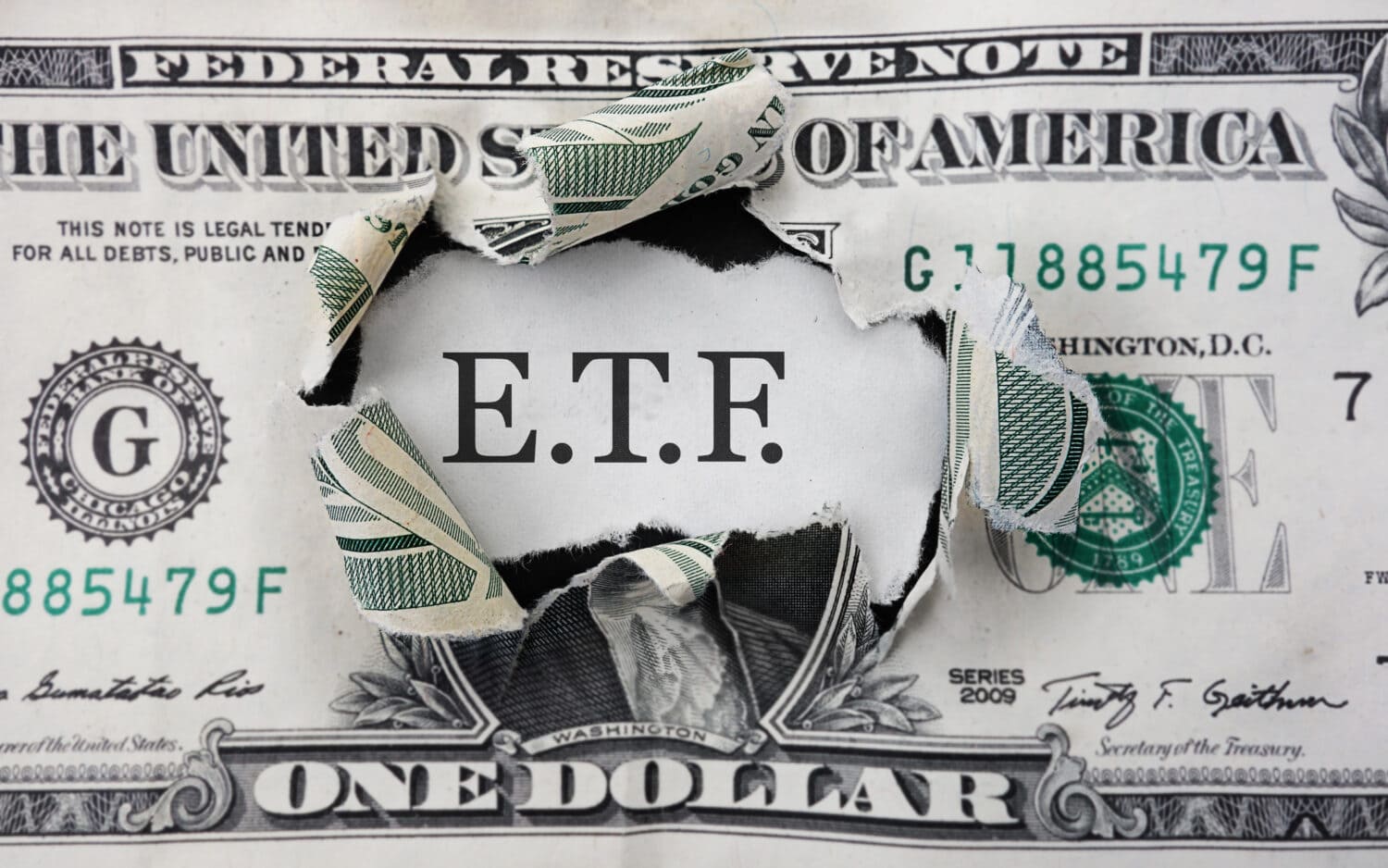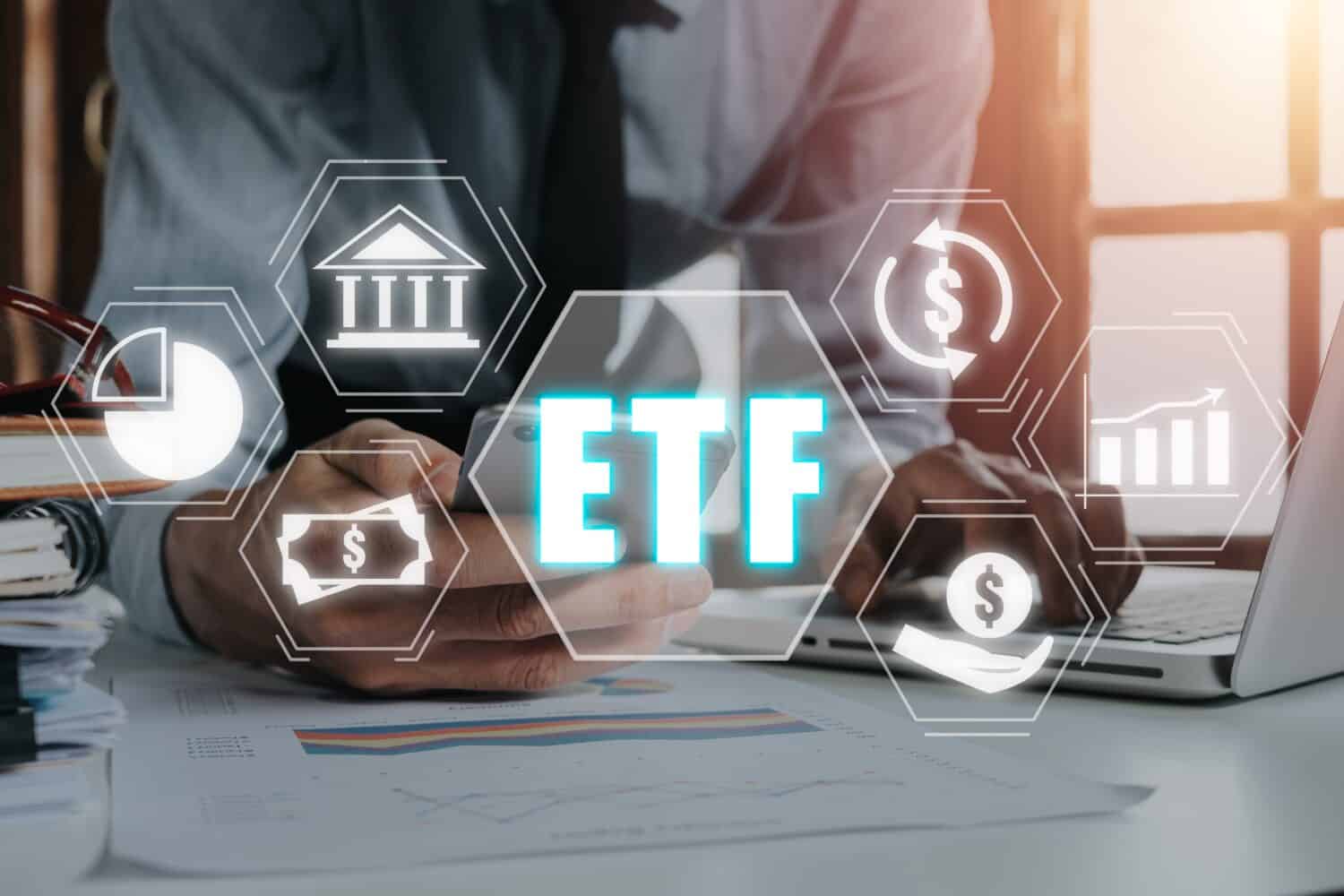

ETFs have become an exceptionally popular choice for investors seeking diversification and exposure to large market segments.
Thematic ETFs, like the iShares S&P 500 Value ETF (NYSE: IVE), capture investor interest in specific market segments, while established broad market options like the Vanguard S&P 500 ETF (NYSE: VOO) provide a proven approach to diversification. Choosing between these two types of ETFs can be challenging, to say the least.
This article is here to help you do just that, though. While VOO offers a diversified, low-cost approach to the S&P 500, IVE focuses on value stocks within the S&P 500, potentially offering a higher-reward, higher-risk option.
We’ll take a look at things like investment focus and historical performance to help you choose between them.
What is VOO?

The Vanguard S&P 500 ETF tracks the performance of the Standard & Poor’s 500 Index (S&P 500). This index tracks the 500 largest publically traded companies in the U.S. When you invest in VOO, you gain exposure to a broad range of established and well-known companies across several American sectors.
VOO provides instant diversification across the US stock market, reducing your overall risk. The S&P 500 also has a very long history of growth, making VOO relatively stable compared to other investment choices.
That said, VOO does have some limited growth potential. It’s not focused on growth companies, which may grow more than established companies. However, that also makes VOO less risky, so there is a trade-off.
What is IVE?

The iShares S&P 500 Value ETF takes a more specific approach to the US market than VOO. IVE tracks the S&P 500 Value Index but focuses specifically on value stocks. These stocks have a lower price compared to their earnings and other factors. There is potential in these stocks for both growth, though this isn’t guaranteed.
While IVE does look at growth stocks, it’s still tethered to the S&P 500. Therefore, it doesn’t grow as much as some other ETFs that just focus on all growth stocks.
IVE offers diversification like all other ETFs, but it can be a bit more volatile. It also has a potentially lower trading volume, which can somewhat impact the ease of buying and selling shares.
IVE vs. VOO: Which Fund is Right for You?

Fees
Every ETF has an expense ratio, which pays for the fund’s management. These fees directly reduce the profits you keep, so they’re very important to consider.
Luckily, IVE and VOO have low expense ratios, making them cost-effective investments. Currently, IVE’s expense ratio is 0.18%, while VOO’s is 0.03%. As you can see, while they’re both pretty low, VOO has a much lower expense ratio. Depending on how much you invest and how long you hold the stock, this difference can add up to thousands of dollars.
If you want the absolute cheapest option, VOO is the best choice. It beats IVE quite a bit in terms of expense ratio!
Risk
Both VOO and IVE are inherently exposed to market risk, meaning their performance will be impacted by overall market fluctuations. This is true of most investments, after all! However, some investments are riskier than others.
To figure out exactly how volatile these ETFs are, let’s explore the concept of Beta. Beta is a measurement of a stock’s fluctuations compared to the overall market. The market has a baseline Beta of 1. If a stock has a Beta of more than one, that means it moves more than the baseline. If a stock has a Beta of less than one, it means it moves less than the baseline.
Very volatile stocks tend to be riskier than less volatile stocks. Luckily, neither of these stocks is incredibly volatile. VOO has a Beta of close to 1, as it tracks the market very well.
IVE has an even lower Beta despite its focus on value stocks. It’s Beta is 0.88. While that does make it less risky, it also means it likely won’t grow as much as VOO. You’ll need to consider your risk tolerance.
Historical Performance
Fees and risk are important, but you should also look at historical performance. How an ETF has looked in the past can mirror how it will act. However, past performance is not necessarily indicative of future results. Many “safe” stocks with strong historical performances have tanked.
Here’s a comparison of these two ETFs:
| IVE | VOO | |
| 1-Year | 23.81% | 28.15% |
| 3-Year | 9.21% | 9.52% |
| 5-Year | 13.60% | 15.76% |
| 10-Year | 10.01% | 12.65% |
While IVE can perform very well in bull markets, it doesn’t quite keep up with VOO in any timeframe. Despite its focus on value stocks, it doesn’t have the same oomph that VOO can have.
List Top Holdings
The holdings of both of these stocks can change at any time. However, they both tend to remain relatively stable.
VOO is a broad market ETF, so you’ll find established companies from many different sectors within it. This diversification offers a snapshot of America’s top-performing companies and allows it to mirror the US economy.
Here are VOO’s current top holdings:
- Microsoft Corporation (NASDAQ: MSFT)
- Apple Inc. (NASDAQ: AAPL)
- NVIDIA Corporation (NASDAQ: NVDA)
- Amazon.com, Inc. (NASDAQ: AMZN)
- Meta Platforms, Inc. (NASDAQ: META)
- Alphabet Inc. (NASDAQ: GOOGL)
- Alphabet Inc. (NASDAQ: GOOG)
- Berkshire Hathaway Inc. (NYSE: BRK-B)
- Eli Lilly and Company (NYSE: LLY)
- JPMorgan Chase & Co (NYSE: JPM)
IVE also mirrors the S&P 500, but it focuses on value stocks. As we’ve seen, that doesn’t necessarily mean it does have more growth or is more risky. It does mean that its top holdings are slightly different, though:
- Berkshire Hathaway Inc
- JPMorgan Chase & Co
- Exxon Mobil Corp (NYSE: XOM)
- Johnson & Johnson (NYSE: JNJ)
- UnitedHealth Group Inc (NYSE: UNH)
- Chevron Corp (NYSE: CVX)
- Walmart Inc (NYSE: WMT)
- Bank of America Corp (NYSE: BAC)
- Procter & Gamble Co (NYSE: PG)
- Wells Fargo & Co (NYSE: WFC)
As you can see, the holdings are very different, though there is a little overlap. This difference causes a slight historical performance variation between the two ETFs.
Choosing Between IVE and VOO

Choosing between IVE and VOO depends on your unique investment goals.
VOO is a low-cost, diversified approach that mirrors the S&P 500. It also performs better than IVE historically. For this reason, we recommend it for most investors, especially those looking for long-term growth. It’s a good investment for buy-and-hold investors.
IVE focuses on value stocks within the S&P 500. It holds the potential for higher returns, but this hasn’t proved to be true over the years. It can cater to investors with more risk tolerance who want to take advantage of higher short-term gains. However, it isn’t the best choice for buying and holding stocks.
Consider incorporating both IVE and VOO into your portfolio for a balanced approach. VOO offers broad market exposure, while IVE provides targeted value investing within the S&P 500. This diversification can help mitigate risk and potentially enhance returns. Remember, diversification doesn’t guarantee profits or eliminate the risk of loss.
However, you don’t necessarily have to choose between these two stocks.
If you go this route, be sure to rebalance your portfolio regularly. Otherwise, your risk profile will tip one way or the other as your money grows.
You may also want to consider SWPPX, a mutual fund offered by Charles Schwab. We have an article on VOO vs. SWPPX for you to consider, too.
Take This Retirement Quiz To Get Matched With An Advisor Now (Sponsored)
Are you ready for retirement? Planning for retirement can be overwhelming, that’s why it could be a good idea to speak to a fiduciary financial advisor about your goals today.
Start by taking this retirement quiz right here from SmartAsset that will match you with up to 3 financial advisors that serve your area and beyond in 5 minutes. Smart Asset is now matching over 50,000 people a month.
Click here now to get started.
Thank you for reading! Have some feedback for us?
Contact the 24/7 Wall St. editorial team.



